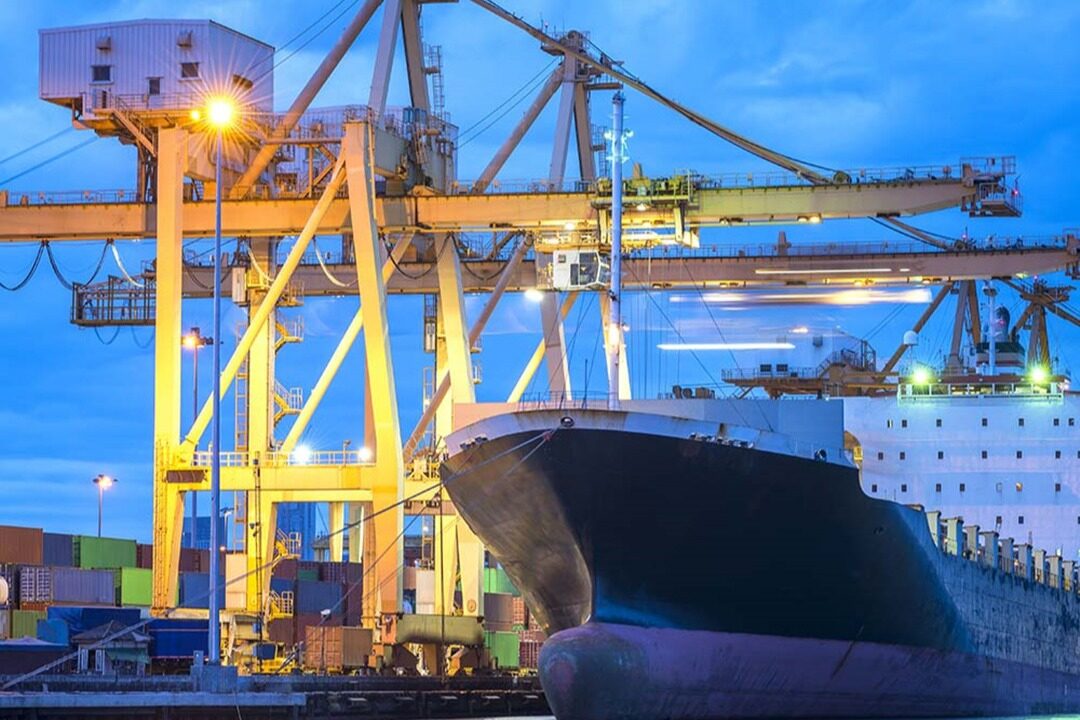- The Belt and Road Initiative has played an important role in global economic development

The Belt and Road Initiative is extremely original and has historical significance. Even now, its scale and possibilities are still difficult to summarize. Right now, this work is still ongoing and will continue to be so for many years to come. However, one thing is already clear-the Belt and Road Initiative will change the world.
In modern times, the Belt and Road Initiative has important world significance, and it is also a brand new topic. When the Belt and Road Initiative was first proposed, we were not very clear about what it meant and what it would inevitably be. What does One Belt One Road mean? What is it about? People all over the world ask such questions. In fact, the Belt and Road Initiative is different from the traditional initiatives. It does not start from a fully formed plan, but develops organically, just like a tree gradually grows long and short branches, witnessing the natural process. Complexity and novelty.
Let the developing countries rise
Although people are used to thinking about these issues in a more predictable and traditional way, the Belt and Road Initiative is different. The Belt and Road Initiative is the sum of its various parts, which are composed of various bilateral and multilateral agreements and projects. Therefore, its shape, content and scope continue to grow and change, and it is an evolving organism. In the modern world’s economic institutions, political projects, and diplomatic initiatives, it is difficult to think of similar or equivalent multilateral structures. The Belt and Road Initiative is a new invention, and the concept is brand new. Its flexibility gives it the freedom to grow and evolve in many different ways at the same time. This also makes it difficult for us to predict what the Belt and Road Initiative will look like ten years from now. However, this is also the main source of its power. The Belt and Road Initiative can be developed in a way that countries need. This way is open and can meet their needs, rather than requiring them to adapt to a pre-conceived model. Although this idea was originally created in the context of Eurasia, it has far exceeded these geographic constraints and has expanded to Africa, Latin America, etc. However, regardless of geographic location, the One Belt One Road still has an important overall concept, that is, the core is the relationship between China and developing countries.

Another proof of the possibility and power of the Belt and Road Initiative is the response and impact of developed countries. At first, the United States did not notice this and tried to condemn it through silence, thus greatly underestimating its potential importance. Until later, this situation changed, and the United States became more and more critical of the Belt and Road Initiative. In contrast, Europe’s response is more curious. A key reason is that Europe, located at the western end of Eurasia, is not so far away from the OBOR geographically compared with the United States. Many EU member states now support the Belt and Road Initiative. The most obvious support comes from more than a dozen Central and Eastern European countries. At the same time, the Belt and Road Initiative has gained more and more support from southern European countries, especially Greece, Portugal and Italy. In general, the attitude of continental Europe can be described as interested and open-minded.
The very different responses of the United States and Europe to the One Belt One Road are of broader importance. For more than two centuries, Europe has been looking west to the Atlantic Ocean instead of looking east to Eurasia. With the rise of Asia and the decline of the United States, the focus of Europe began to shift. The West has made various half-hearted attempts to organize its own competitors to replace the Belt and Road Initiative, but it seems unlikely that these attempts will make much progress. The Belt and Road Initiative has received support and appeals from more than 170 countries and international organizations. Western interest and participation in development priorities have long lagged far behind, which leaves little room for such alternatives to gain huge appeal.
In short, we should look at the Belt and Road Initiative in a broader geoeconomic and geopolitical context. The Belt and Road Initiative seeks to promote and transform the economies of developing countries, thereby accelerating their rise, and in the process shifting the focus of the global economy to developing countries. To some extent, the success of the Belt and Road Initiative will reorganize the global economy, and the Eurasian continent, especially Asia, will play an increasing role. Editor/Tian Zengpeng
Comment
 Praise
Praise
 Collect
Collect
 Comment
Comment
 Search
Search














Write something~